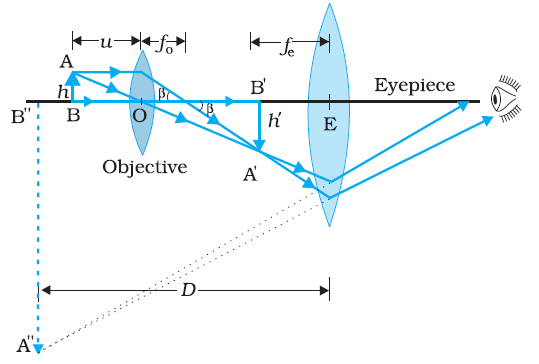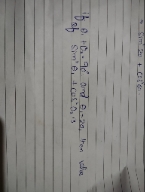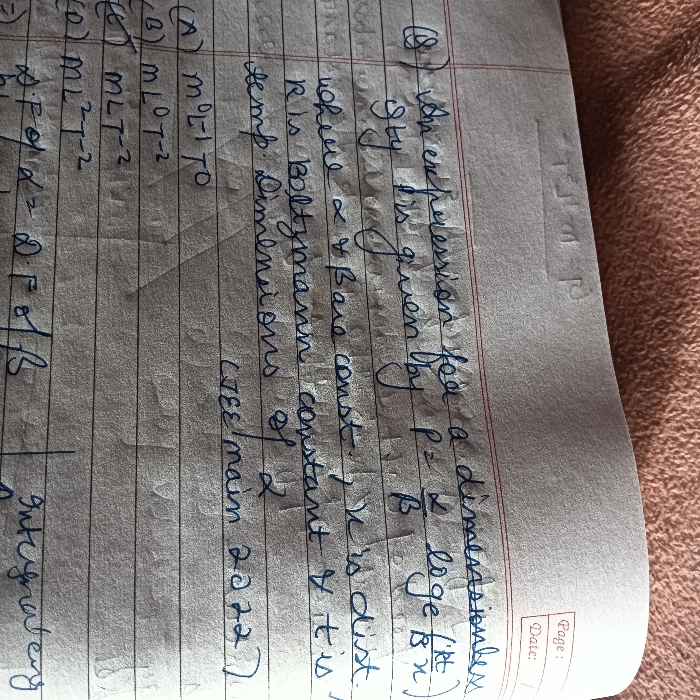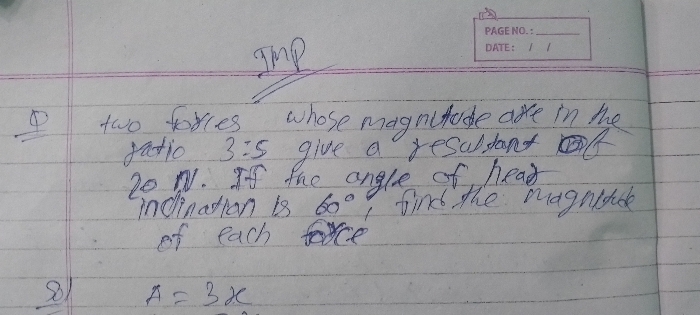CBSE Class 11-science Answered
!!!!! PLEASE ANSWER MY QUESTION AS SOON AS POSSIBLE !!!!
Q) Draw course of raysthrough compound microscope. Deduce expression for its magnifying power. How can the magnifying power of microscope can be increased?
Asked by Suryavanshikatoch | 31 Jan, 2019, 07:20: PM

A schematic diagram of a compound microscope is shown in Figure. The lens nearest the object, called the objective,
forms a real, inverted, magnified image of the object. This serves as the object for the second lens, the eyepiece, which functions essentially
like a simple microscope or magnifier, produces the final image, which is enlarged and virtual. The first inverted image is thus near (at or
within) the focal plane of the eyepiece, at a distance appropriate for final image formation at infinity, or a little closer for image formation
at the near point. The final image is inverted with respect to the original object.
like a simple microscope or magnifier, produces the final image, which is enlarged and virtual. The first inverted image is thus near (at or
within) the focal plane of the eyepiece, at a distance appropriate for final image formation at infinity, or a little closer for image formation
at the near point. The final image is inverted with respect to the original object.
We now obtain the magnification due to a compound microscope. The ray diagram of figure shows that the (linear) magnification
due to the objective, namely h′/h, equals

Here h′ is the size of the first image, the object size being h and fo being the focal length of the objective.
The first image is formed near the focal point of the eyepiece. The distance L, i.e., the distance between the second focal point
of the objective and the first focal point of the eyepiece (focal length fe ) is called the tube length of the compound microscope.
As the first inverted image is near the focal point of the eyepiece, we use the formula for the simple microscope to
obtain the (angular) magnification me is
obtain the (angular) magnification me is

When the final image is formed at infinity, the angular magnification due to the eyepiece is
me = (D/fe ) ..............................(3)
Thus, the total magnification , when the image is formed at infinity, is

To achieve a large magnification of a small object , the objective and eyepiece should have small focal lengths.
Answered by Thiyagarajan K | 31 Jan, 2019, 11:09: PM
CBSE 11-science - Physics
Asked by sheikhsaadat24 | 17 Apr, 2024, 09:41: PM
CBSE 11-science - Physics
Asked by sy123946 | 07 Apr, 2024, 04:23: PM
CBSE 11-science - Physics
Asked by derhebha955 | 03 Apr, 2024, 09:03: AM
CBSE 11-science - Physics
Asked by sumedhasingh238 | 29 Mar, 2024, 05:15: PM
CBSE 11-science - Physics
Asked by sumedhasingh238 | 28 Mar, 2024, 11:10: PM
CBSE 11-science - Physics
Asked by roshnibudhrani88 | 23 Mar, 2024, 05:52: PM
CBSE 11-science - Physics
Asked by emad.amd | 21 Mar, 2024, 12:00: PM
CBSE 11-science - Physics
Asked by vinitdubey7735 | 14 Mar, 2024, 11:21: AM
CBSE 11-science - Physics
Asked by om636694 | 04 Mar, 2024, 09:10: PM
CBSE 11-science - Physics
Asked by rajuinwati12 | 04 Mar, 2024, 09:22: AM




